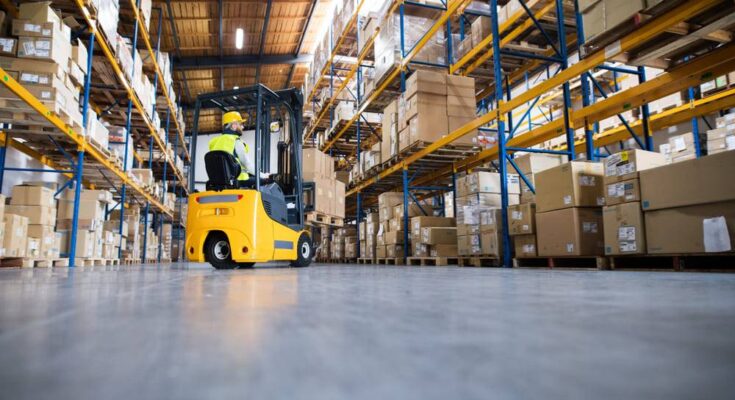Dust control in large warehouses is a major concern for maintaining a safe work environment. High dust levels can contaminate the air, damage equipment, and harm workers’ health. Effective dust control calls for a strategy that meets the special challenges of large-scale operations. These solutions improve operational efficiency and regulatory compliance while also protecting employee health. Warehouses can improve efficiency and safety by conducting extensive dust assessments, incorporating effective dust control measures, and ongoing dust monitoring.
This post explores key elements of successful dust control implementation in large warehouses, highlighting best practices and innovative solutions.
Comprehensive dust assessment
The foundation of a successful BossTek dust control strategy begins with a comprehensive dust assessment. This involves identifying the primary sources of dust within the warehouse, such as loading and unloading areas, storage spaces, and production zones. Conducting air quality tests and particulate monitoring helps highlight the severity and distribution of dust throughout the facility. By gathering this data, warehouse managers can develop targeted dust control plans that address specific problem areas.
Effective ventilation systems
Proper ventilation is crucial in managing dust levels in large warehouses. Implementing advanced ventilation systems, such as high-efficiency particulate air (HEPA) filters and industrial exhaust fans, helps to remove airborne dust particles and improve overall air quality. These systems should be strategically placed to ensure optimal airflow and dust extraction from the warehouse. Regular maintenance and cleaning of ventilation systems are essential to maintain their effectiveness and prevent dust buildup.
Use of dust suppressants
In areas where dust generation is high, such as loading docks and storage zones, the use of dust suppressants can be highly effective. These chemical agents, when applied to surfaces, help to bind dust particles and prevent them from becoming airborne. Regular application of dust suppressants in critical areas helps to minimize dust levels and improve air quality. It’s important to choose suitable suppressants that are safe for the warehouse environment and compliant with regulations.
Advanced cleaning techniques
Traditional cleaning methods may not suffice for large warehouses due to the sheer volume of dust and space involved. Advanced cleaning techniques, such as industrial vacuum systems and automated floor scrubbers, provide more efficient and thorough dust removal. These systems are designed to handle large areas and high dust loads, ensuring that dust is effectively collected and removed from the warehouse. Implementing a regular cleaning schedule, along with periodic deep cleaning, helps promote a dust-free environment.
Employee training and engagement
Employee involvement is a key component of successful dust control implementation. Thus, training employees on dust control best practices and the proper use of equipment is essential for maintaining a clean warehouse. Workers should be educated on the health risks associated with dust exposure and the importance of personal protective equipment (PPE). Encouraging a culture of cleanliness and proactive dust management among staff helps support long-term dust control efforts.
Monitoring and continuous improvement
Continuous monitoring of dust levels is essential for assessing the effectiveness of dust control measures. Installing particulate sensors and air quality monitors throughout the warehouse provides real-time data on dust concentrations. This information can be used to fine-tune and optimize dust control strategies as needed. Also, regular audits and reviews of dust control practices help in identifying areas for improvement and ensuring that warehouses remain compliant with health and safety standards.
Ultimately, effective dust control implementation in large warehouses requires a comprehensive and proactive approach. As such, embracing best practices and innovative solutions ensures long-term success in managing dust in large-scale warehouse operations.




